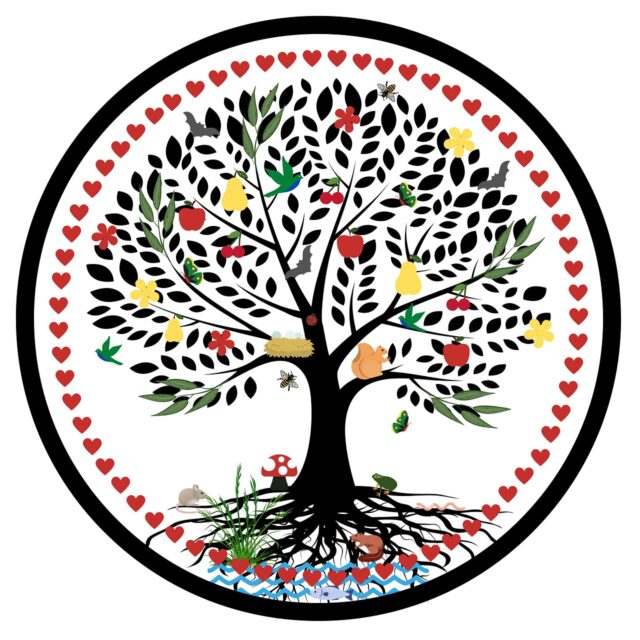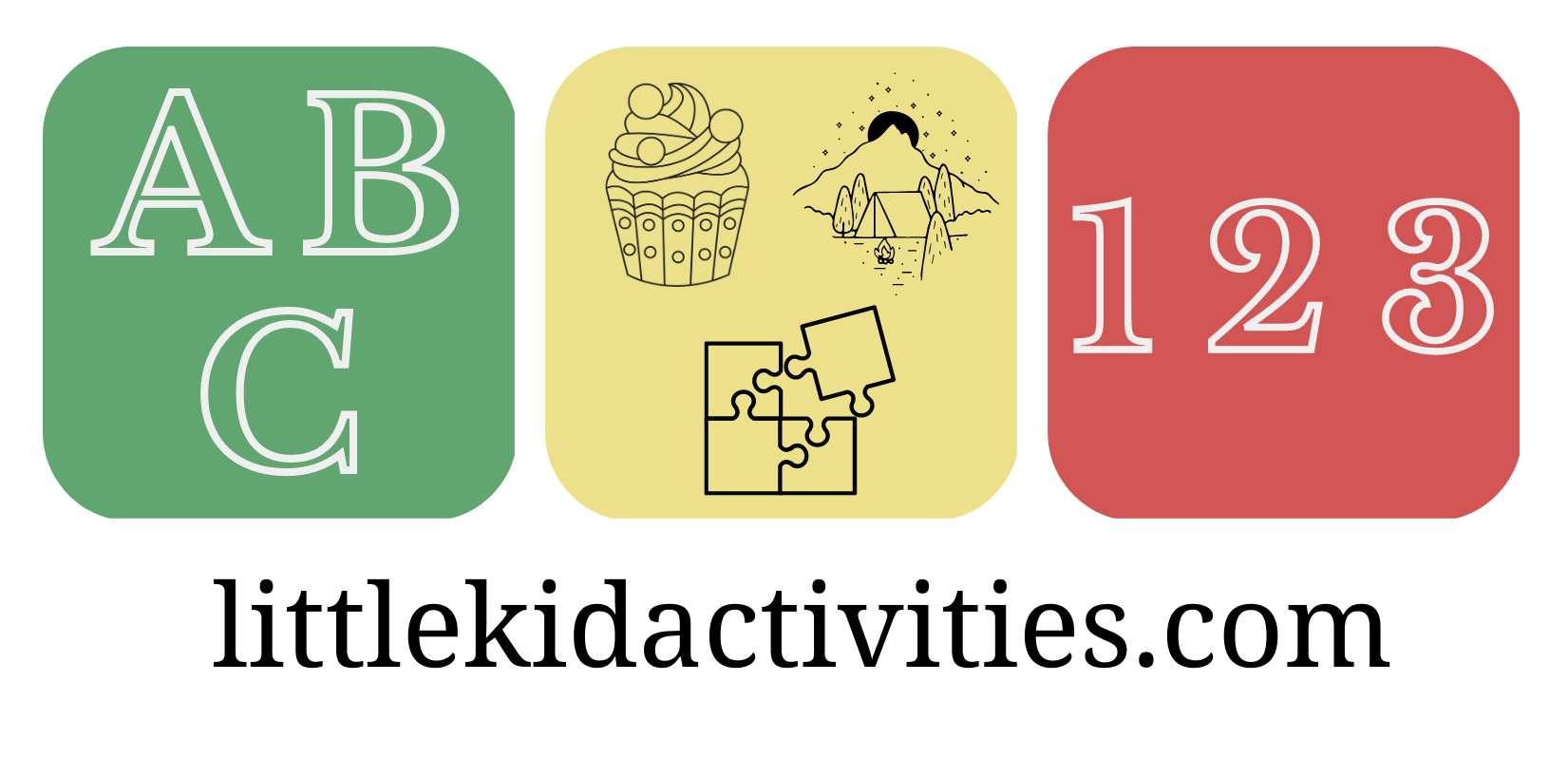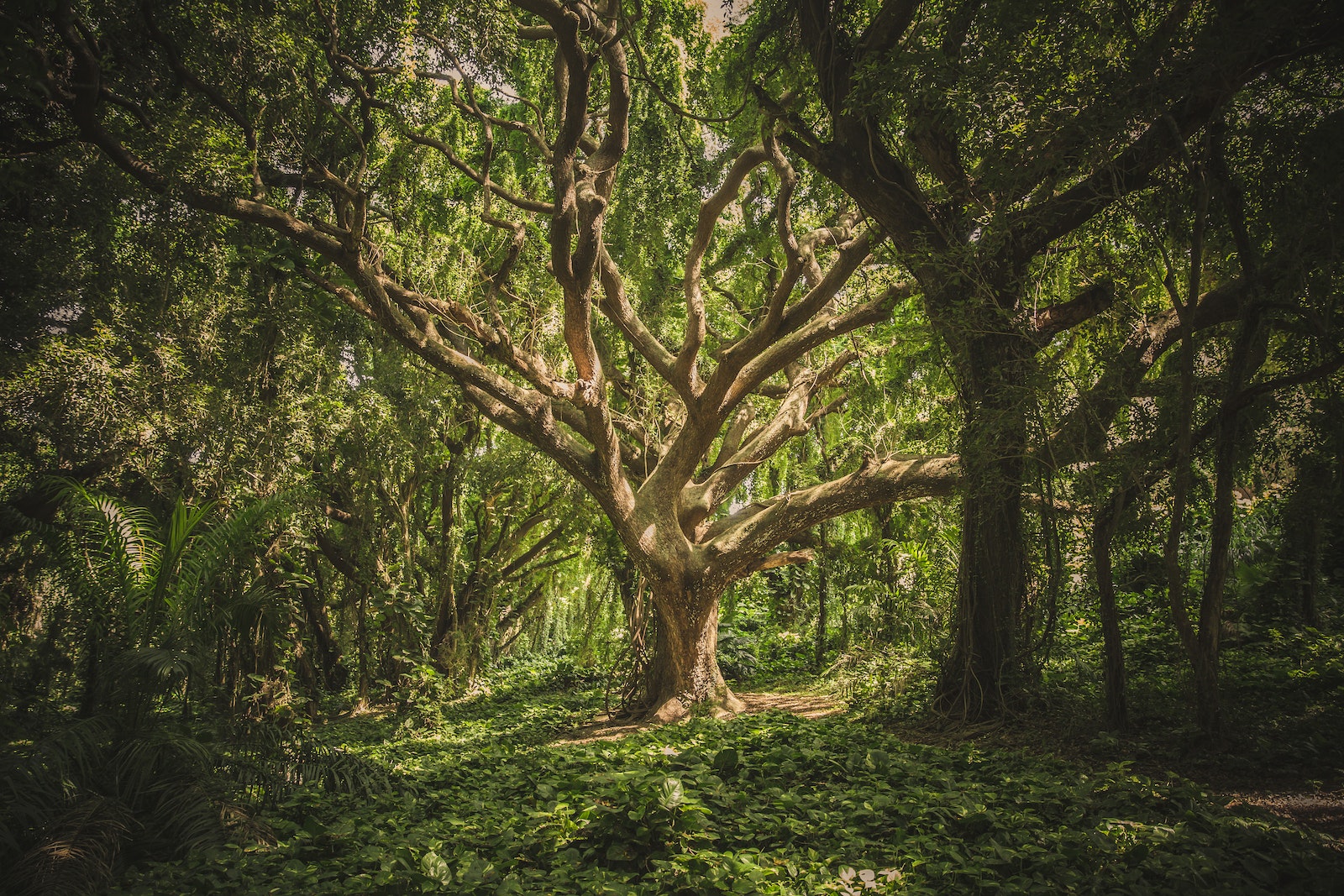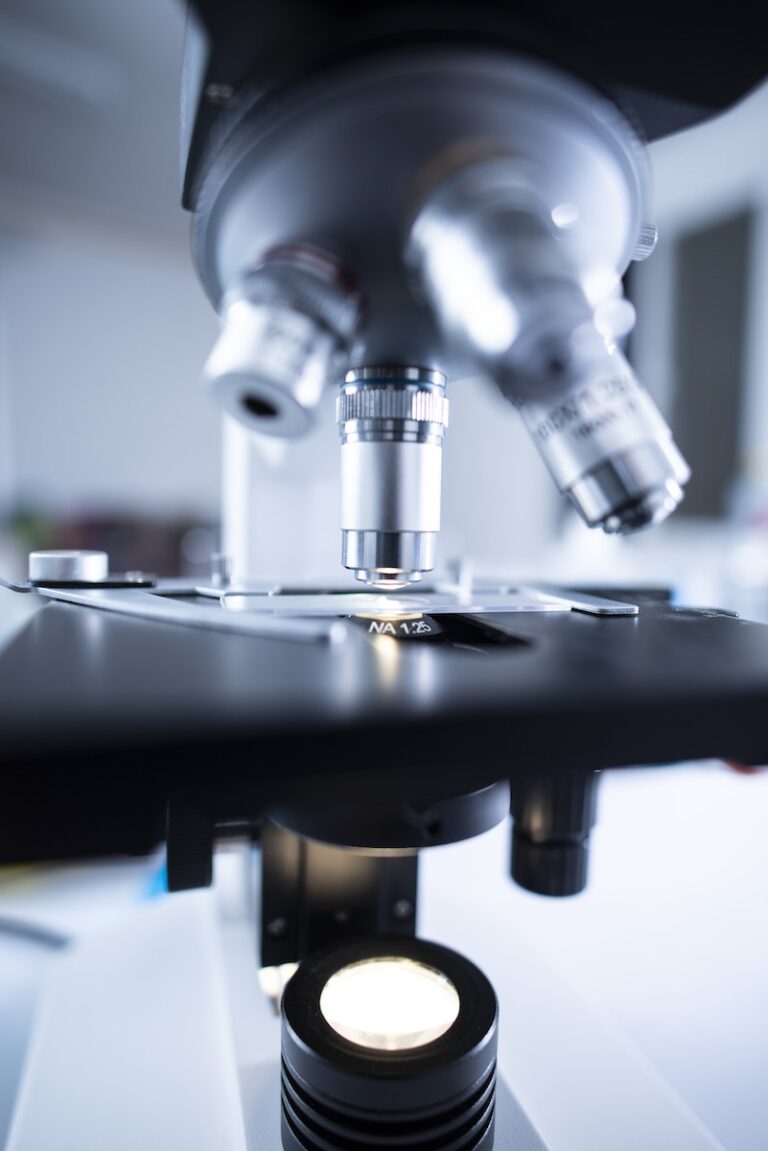Life Science for Toddlers: Life Cycle of A Tree
Life science is one of the easiest for kids to relate to. Even though it can get very complicated at the microscopic scale, there are many simple and easy topics you can start introducing to little ones. One of which is the life cycle of a tree. Let’s explore this together.

What is a life cycle?
A life cycle is a number of different stages a living thing (or nonliving things, and of course, we won’t talk about this today) goes through during its life. Different living species will have different life cycles.
The life cycle of a tree
Stage 1: Seed
Every tree starts its life as a seed, and it is the first stage of the life cycle of the tree. Seeds can come in different shapes and sizes. They are also dispersed in many different ways. When conditions of the surrounding environment are suitable, seeds will split and continue onto the next stage of the cycle.
Stage 2: Sprout
The second stage in the life cycle is where the tree will begin to grow from the seed. At this stage, the root comes through the seed and anchors itself to the soil. The root also allows the tree to start absorbing water. Then, a shoot will burst through and push itself through the soil. After that, a stem will emerge, followed by the formation of leaves.
Stage 3: Sapling
During this stage, the tree is growing from its infancy to reach new heights. The tree grows very quickly, and its trunk is still very flexible. Three is not fully mature at this stage.
Stage 4: Fully grown
This is the final stage of growth. A tree is fully mature, and it can produce its own flowers, fruits, or nuts. During this stage, a tree can disperse its seeds for reproduction. The tree will have a wider and tougher trunk with lots of branches and leaves. The duration of this stage will depend on the tree species.
Stage 5: Decaying
This is the last stage in the life cycle of a tree. In nature, a tree will stop producing seeds and start to decay. Eventually, the last part of it will fall and become part of the ground. It will provide nutrients to enrich the soil and support new lives.
Another alternative end of the life cycle of a tree is that it will be harvested for wood. This is not a natural end to the life cycle of the tree, so a tree might have a much shorter life cycle with this alternative last stage.
Conclusion
We are surrounded by trees, so it is a great idea to start teaching science with trees. This will spark curiosity in kids and encourage self-exploration. Don’t forget to download the FREEBIE.



